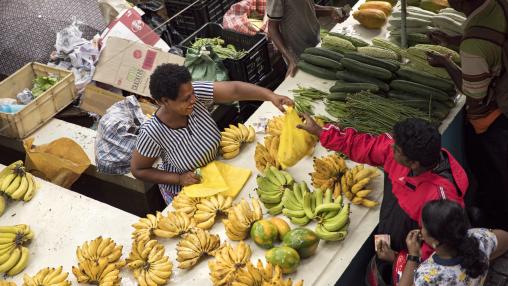
What do we know about the future of measuring food systems?
Food, land, and water systems face daunting challenges in the future, and the body of research exploring these challenges is growing rapidly. This note is part of a series developed by the CGIAR Foresight Initiative to summarize what we know today about the future of various aspects of food systems. The goal of these notes is to serve as a quick reference, point to further information, and help guide future research and decisions.
Key messages
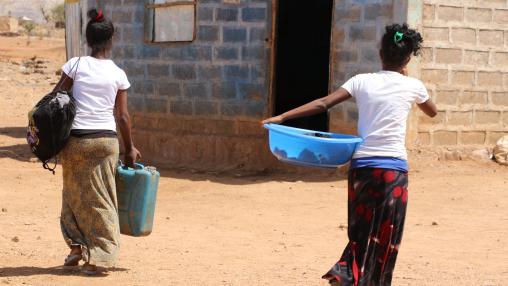
Millions Face Rising Acute Food Insecurity, According to New FAO-WFP Report
Millions of people across 22 countries and territories may be pushed into acute food insecurity by May 2025, according to the latest FAO-WFP Hunger Hotspots Report. Ongoing and increasing conflict in many areas of the world, along with economic hardships and extreme weather caused by climate change and the La Niña phenomenon, are behind this significant increase in both the magnitude and the severity of acute food insecurity.
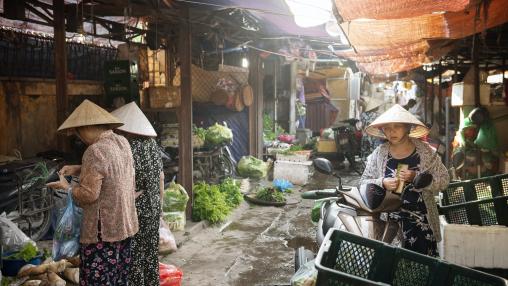
Evaluating impacts: Lessons from food systems interventions across Africa and Asia
Food systems play an important role in shaping our diets. Recently, there has been growing attention to food systems transformation, which involves changing different components of global food systems to make nutritious foods more accessible to consumers. At the 2021 UN Food Systems Summit, more than 100 countries pledged to transform their food systems, a clear recognition of the importance of healthy diets in preventing all forms of malnutrition worldwide.
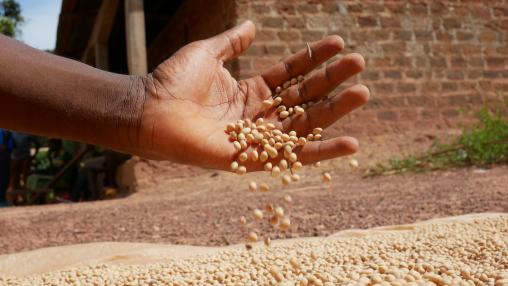
Food security trends in 2024 and beyond
In 2024 food security is likely to remain one of the critical challenges for the world to face. The World Bank has therefore included food and nutrition security among the eight global challenges to address at scale, and has mobilized $45 billion in resources to tackle issues and protect livelihoods worldwide — surpassing its initial projected commitment of $30 billion announced in May 2022.

Encouraging technology adoption: Evidence from Africa, South Asia, and Southeast Asia
Communications tools, including digital extension tools (DETs) like phone calls and smartphone applications, can be important pathways to help improve farmers’ knowledge and capacity regarding improved agricultural techniques. However, in many middle- and low-income countries, these tools are underutilized, particularly in rural areas. A recent paper published in Global Food Security examined the use of these tools in in Bihar, India to identify why and how farmers and agricultural extension workers do, and do not, choose to adopt them.
Food Export Restrictions Tracker Data
COVID-19 Food Export Restrictions Tracker Data
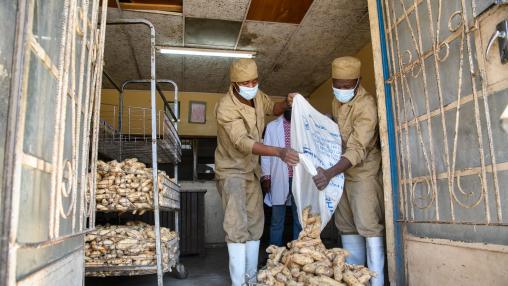
New E-Learning Courses Launched on FSP E-Learning Platform
The Food Security Portal E-learning Platform has launched two new courses: the French version of the Pro-WEAI (Women’s Empowerment in Agriculture Index) Foundations Module and a brand-new course focused on training Farmer Business School facilitators.
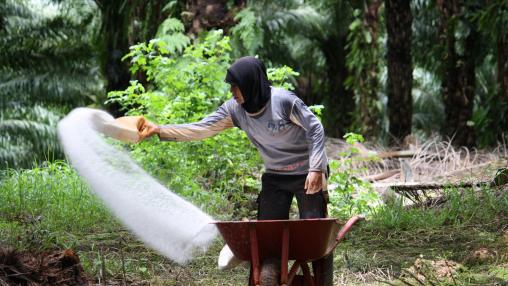
Commodity Prices Reach Highest Level since July 2011: FAO Food Price Index, AMIS Market Monitor Released
The FAO Food Price Index rose 3 percent in October to reach its highest level since July 2011. The October Index stood 31.3 percent higher than its October 2020 levels. Last month’s increase was driven primarily by cereal (particularly wheat) and vegetable oil prices.
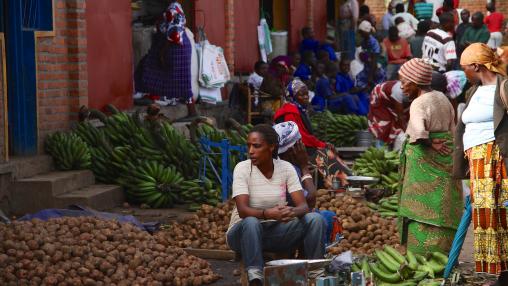
Modeling Impacts of Economic Shocks: New FSP E-Learning Course Launched
The Food Security Portal E-learning Platform has launched its newest course, Partial Equilibrium Models. The course provides an introduction to these powerful models and how to use them to forecast the impact of economic shocks and policies on national and global economic environments.